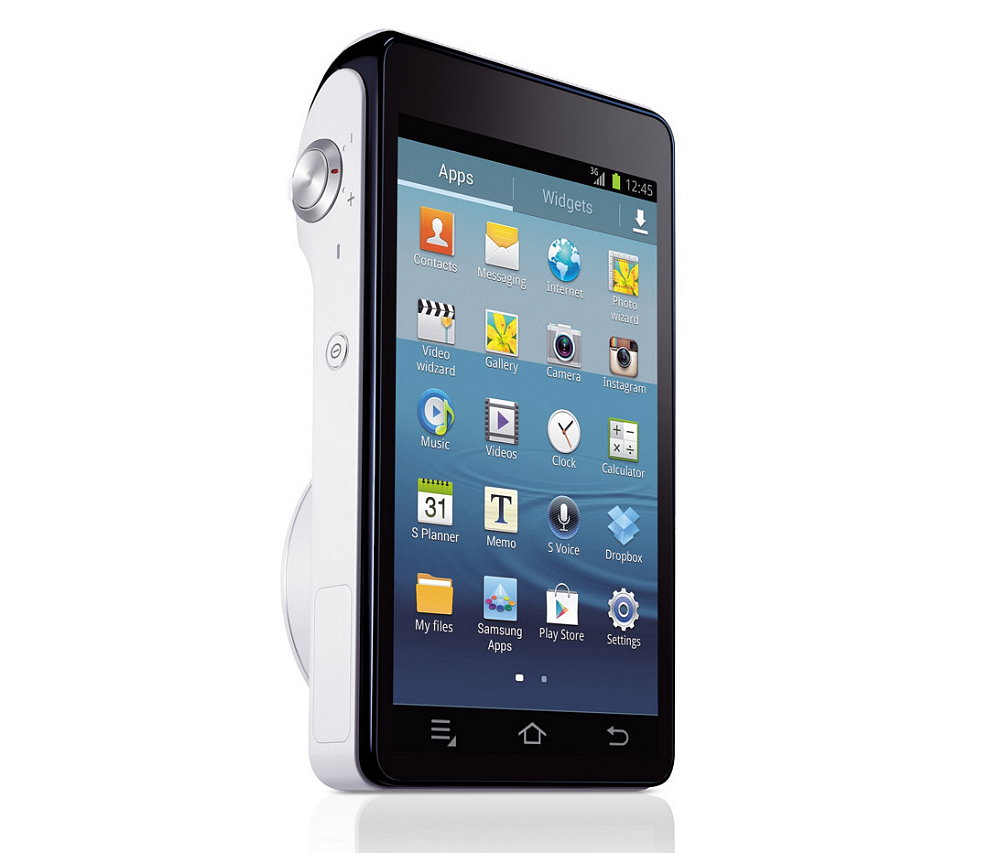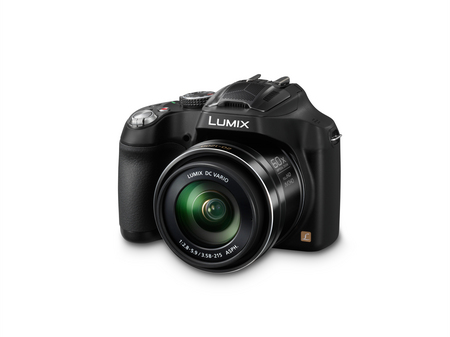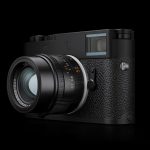Maintaining one of the web’s preeminent digital camera review sites involves long, bleary-eyed, hunchbacked hours squinting at computer monitors while banging out reviews and editing HTML. Adventure would not be the first description for such work. But we love our digital toys and sharing our passion with all of our wonderful readers. Every once in a while, however, we bust out of the cubicle farm and into the real world. This is one of those stories.
I replied yes before reading the entire email and, a few days later, found myself a few hundred yards down the sand from the 2012 US Open of Surfing, waiting for the marine layer — coastal California fog — to burn away. We paddled into the chilly waves for an hour of laughs and constant reminders that the ocean is very much in charge.
But we’re not here to talk about our attempted surf experiment. There are cameras to test.
After toweling down and stripping off wetsuits, cordial Olympus reps handed us bags filled with cameras and accessories. The idea, Olympus said, was that these two cameras are particularly well suited to a day at the beach. One, the TG-1 iHS, is a waterproof, shockproof, drop-proof camera impervious to the elements. The second, an OM-5 E-M5, shouldn’t go into the water, but is tightly constructed and weather resistant.
Before we get into the cameras themselves, a couple disclaimers are important. These Olympus cameras were incredibly easy to use, in terms of menues and button configuration, but any pictures we display were taken only a few minutes after picking up the camera for the first time. In order to get the most out of the camera, a few hours (if not days) with each, at multiple locations, would have produced more refined, not to mention artistic, imagery.
Specifications aside, the TG-1 feels as tough as it claims to be. The HDMI, battery, and MicroSD card ports are all enclosed by not one, but two locks (one acts as a back up). The metalic finish feels sturdy, and if you elect to purchase accessories such as a fish eye lens, they screw and lock into place after removing the ring around the lens. Olympus reps swam in the salty ocean for hours and I personally held mine above the sand and let a wave crash into it. And the camera, it kept on ticking. This is one of those digicams you can literally bring anywhere without having to worry about weather or water.
But how does it look, picture-wise?
Let’s see a couple samples. When the sun finally broke, I snapped this shot of our tent. The TG-1 really loves blues. This photo is cropped, but the colors are as-is out of the camera:
However, other than crisp blues, in our hazy lighting conditions, images can be a tad flat. Here we have a small crashing wave, straight out of the camera:
Now, after a quick color correction (via iPhoto, though to be fair, I may have cranked up the contrast a bit too much), this picture appears more life-like:
As demonstrated above, fine resolution and detail are strong in the full-sized shots, but its important to look close at any digital image to see the camera’s true capabilities. Here’s a crop of the center of the wave. For a Lifeproof camera with a relatively small image sensor, noise levels are pretty good, but you definitely won’t be blowing TG-1 photos up very far (click on this, or any, image for larger resolution shots):
Another nice feature on the TG-1 is the Super Sports Mode. SSM allows users to shoot 10 frames-per-second at full resolution, or up to 60 frames-per-second at 3 Megapixels. I won’t bore you with all ten shots, but here’s a before and after of a wave crashing towards the TG-1:
Overall, the TG-1 is a fun camera designed for outdoor use and weather. Extreme sports fans and vacationing families will love this in the mountains, lakes, rivers, and oceans. Please keep a lookout for our full TG-1 iHS review. However, the TG-1 is available now for less than $ 400.
The E-M5is a Micro Four Thirds (aka EVIL, muwhahahahaha) camera with a design homage to Olympus’ 1970s OM-D models. But that’s pretty much where the similarities stop. With modern, 2012 internal components from Olympus’ popular PEN series, the EM-5 features a 16.1 Megapixel Live MOS image sensor, a 3.0-inch tilting touchscreen OLED display (more on that in a minute), weatherproof sealing, the FAST Auto Focus system, and it works with any Micro Four Thirds lens. Designed for pros and newbies alike, the EM-5 has a wonderful Auto mode as well as full Manual, Shutter priority, and Aperture priority.
There are a couple kits available for the EM-5, including one with a 12-50mm F3.5-6.3 lens, another with a 12-42mm F3.5-5.6 lens), or body-only. For our beach purposes, Olympus lent us three fixed lenses: the M.12mm F2.0 lens, the M.45mm F1.8, and the M.75mm F1.8. Fixed lenses might be less handy than zooms when one can’t move forwards or backwards quick enough to reframe, but zooms don’t usually have F1.8 or F2.0 ratings. Simply put, this was some nice glass, though the 75mm lens showed signs of chroma shift.
Each of the three lenses, along with the camera itself, felt rugged and well made.Locking them into place results in a nice “click” — no dust is getting back in here. But, once again, this all sounds good, but how do the pictures look. Here are our samples, divided by lens:
12MM
My actual first shot with the 12MM lens. Some lenses this wide will distort at the edges, but everything looked good here. No signs of aberrations:
And here’s one of my surfboard with the beach in the background. The orange and greens really pop:
45MM
Moving on to the 45MM lens, perfect for portraits and medium shots. My first test shot was shooting into the haze, so the sky washed out, but overall this is crisp and pleasing:
Then, playing around with the touchscreen, I tried to throw focus out past the board and into the water as a wave crashed, but alas my pointer finger missed its target, resulting in a clear sand horizon, with blur in the foreground and back:
So I tried it again, this time capturing one of our pros, Christian, waiting for a wave:
75MM
The 75MM lens was a lot of fun. Wonderful depth of field, crisp and colorful photos. However, this lens displayed the most chroma-shift (in certain situations). Here’s a test image of a gull walking along the beach. The focus is a few inches beyond the bird, but the background is as intended:
However, it you look closely, you will see the magenta-hued halo of chroma shift on the outline of the gull’s body and feathers. Overall, the E-M5, which costs three times as much, outclasses the TG-1 in terms of colors and resolution. You’ll be able to make much larger prints from an EM-5, but beware the chroma shift.
Lastly, we have a couple other 75MM samples. I love the compressed look of a long lens:
And here’s Christian again, walking out to grab a wave:
Overall, the E-M5 is a lovely camera. We’ll post a full review soon, but the body-only kits start at just under $ 1,000. Zooming into the photos reveals more detail than expected (no noise to see), but chroma-shift might be an issue with some lens and lighting combinations. It’s also fun to see a modern version of a classic camera style, though the camera’s compact nature may challenge those with larger hands and/or fingers.









